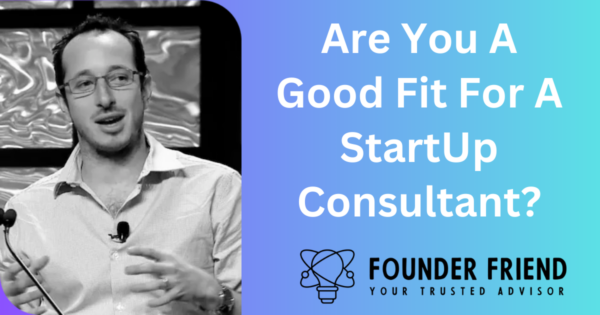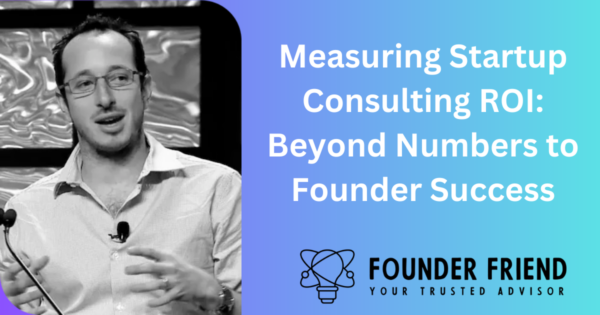Product-Led Growth vs. Retention: A Startup Founder’s Guide
Discover why Product-Led Growth (PLG) isn't enough for startups. Learn how to balance growth with retention strategies for sustainable success. Expert insights for founders.

Startup Founder’s Q&A Guide: XXX-Led Growth
Q1: What is Product-Led Growth (PLG), and why is it popular among startups?
A: Product-Led Growth (PLG) is a go-to-market strategy where the product itself drives customer acquisition, conversion, and expansion. It’s characterized by:
- Frictionless entry
- Freemium models
- Viral loops
- Self-serve onboarding
PLG has gained popularity due to its potential for:
- Low customer acquisition costs (CAC)
- Rapid, viral growth
- Seamless user onboarding
Examples of successful PLG companies include Slack and Dropbox, where users quickly adopt the product and are incentivized to invite others.
Q2: What’s the main risk of focusing solely on Product-Led Growth?
A: The primary risk of relying exclusively on PLG is what we call “delayed churn.” This means:
- You might see rapid initial growth and user acquisition
- However, without a strong focus on retention, these users may leave quickly
- This results in a “sandcastle effect” – impressive at first, but quickly washed away
Remember: Growth without retention equals expensive failure. Every growth motion needs a corresponding retention strategy.
Q3: What is Product-Led Retention (PLR), and why is it crucial?
A: Product-Led Retention (PLR) is the counterpart to PLG that focuses on keeping users engaged and preventing churn. Key elements of PLR include:
- Personalized onboarding experiences
- Intelligent nudges to drive feature adoption
- Proactive customer success outreach
- Using product insights to drive the product roadmap
PLR is crucial because it ensures that the users you acquire through PLG or other strategies continue to find value in your product long-term, leading to sustainable growth and revenue.
Q4: What are some other growth strategies besides PLG, and how do they relate to retention?
A: There are numerous growth strategies, each with its own retention counterpart:
- Sales-Led Growth: Closes deals; retention expands accounts
- Community-Led Growth: Fosters engagement; retention nurtures relationships
- Marketing-Led Growth: Builds awareness; retention engages users
- Channel-Led Growth: Expands reach; retention maximizes partnerships
- Customer-Led Growth: Creates advocates; retention amplifies word-of-mouth
- Content-Led Growth: Educates prospects; retention inspires ongoing learning
- Data-Led Growth: Drives decisions; retention optimizes user experience
- Engineering-Led Growth: Fuels innovation; retention delights with new features
- Virality-Led Growth: Ignites rapid adoption; retention sustains user base
- Ecosystem-Led Growth: Fosters partnerships; retention strengthens integrations
- API-Led Growth: Enables integrations; retention integrates deeply into workflows
The key is to understand that these strategies are not mutually exclusive. A comprehensive growth strategy often involves multiple approaches, each paired with a retention focus.
Q5: What are the “Three Truths” of growth and retention for startups?
A: The three fundamental truths for startups to remember are:
- The Funnel is King: Your growth strategy needs to encompass the entire customer journey: awareness, acquisition, activation, retention, revenue, and referral.
- Growth Without Retention = Expensive Failure: Acquiring users is not enough; you need to keep them engaged and finding value in your product.
- Motions vs. Strategies: A growth motion (like PLG) is how you move, but a strategy is your destination and why you’re going there. Without a clear strategy, you’re just delaying churn.
Q6: What are common mistakes startups make in their growth approaches?
A: Startups often fall into these traps:
- One-Led Pony: Relying on a single growth motion to solve everything.
- Persona Blindness: Treating all users and buyers the same, ignoring different needs and behaviors.
- Funnel Vision: Focusing only on acquisition while neglecting retention and other parts of the customer journey.
- Vanity Metrics: Prioritizing metrics like downloads that don’t necessarily translate to engaged, paying users.
Q7: How can startups build a more comprehensive and sustainable growth strategy?
A: To build a lasting growth strategy:
- Brainstorm All Motions: List every possible growth motion and its applicability to your business. Don’t hold back – sometimes unconventional ideas lead to breakthroughs.
- Build Your Playbook:
- Envision Execution: Detail how you’d bring each motion to life in your startup.
- Ruthlessly Assess: Determine if each motion is relevant now or could be a major future driver.
- Define Retention from Day One: For each growth motion, sketch out a retention plan. How will you turn initial users into long-term, engaged customers?
- Connect the Dots: Analyze how different motions could work together or potentially conflict.
- Prioritize and Experiment:
- Choose the top 2-3 motions to focus on initially.
- Implement and test these strategies, gathering data on their effectiveness.
Remember, the goal is to build a product that people truly love and can’t live without, leading to predictable, sustainable, and real growth.
Q8: Can you provide an example of a startup that failed due to focusing on growth without retention?
A: Clubhouse is a prime example of a startup that experienced explosive growth but struggled with retention:
- It leveraged Virality-Led and Exclusivity-Led growth strategies extremely well.
- The app saw rapid user acquisition and generated significant buzz.
- However, retention was non-existent. Users quickly lost interest after the initial novelty wore off.
- As a result, despite its initial success, Clubhouse’s user base and relevance declined dramatically.
This case illustrates that even with tremendous initial traction, without strong retention strategies, a startup’s success can be short-lived.


